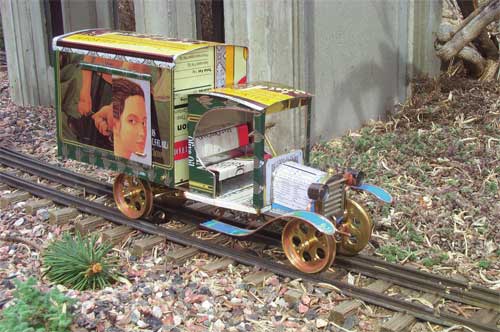
This railtruck is constructed primarily out of old tin cans. Here it awaits its driver for a trip down the rails of the author’s Ogden Botanical Railway. Marc Horovitz The underbody detail was supposed to be made of wooden shapes (according to the plan), but ended up here rendered in tinplate. The differential was turned […]
Read More…
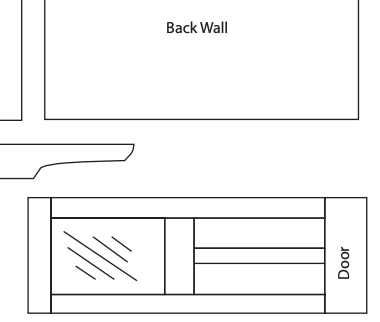
Download these free plans for a work caboose! They accompany our “Garden railway basics” articles from the June and August 2006 issues. Follow along with author Kevin Strong to build a work caboose from styrene. […]
Read More…
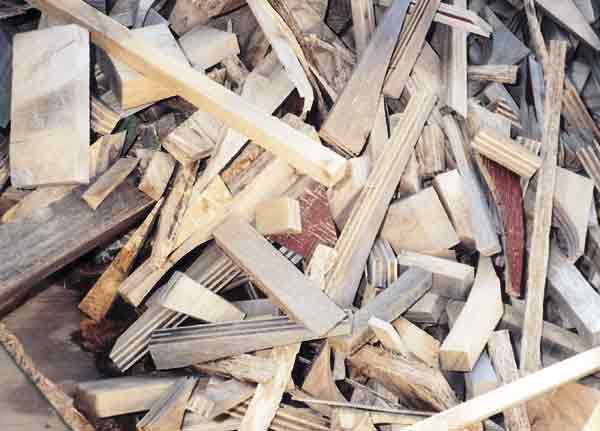
Scrap wood, like that pictured here, is readily available and free for the asking. Rene Schweitzer Trestles! Bridges! Cribbing! Wooden rolling stock! There are many applications of unpainted wood for an outdoor pike to challenge the beginner and veteran alike, all requiring tools, time, money, and skill. The most common choices of wood for outdoor […]
Read More…
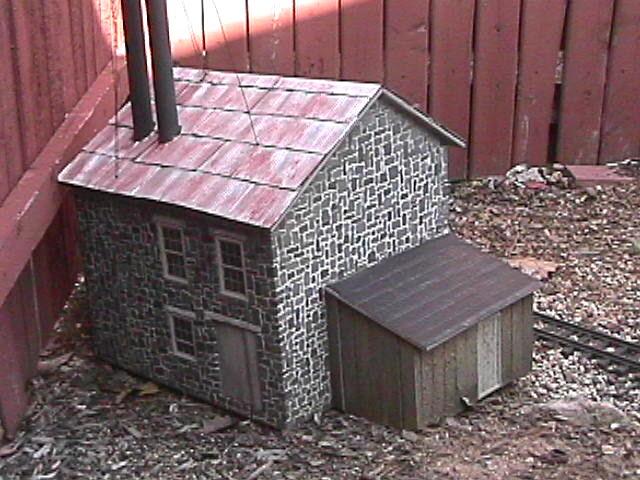
This structure on the Greenbriar Cheat & Elk railway was made out of blue foam insulation board. Randy Mower I have been scratch building structures for my Greenbriar Cheat & Elk garden railroad since 1993. Although I have commercial structures on my railway, I wanted to have buildings that were unique to my railroad, so […]
Read More…
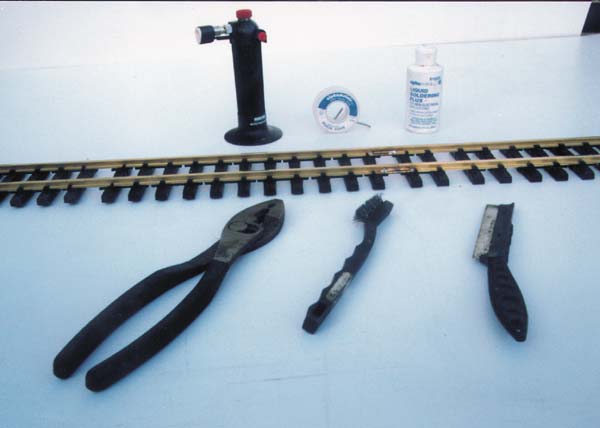
Soldering tools. Top row: mini torch; 40/60 rosin-core solder; liquid flux. Bottom row: heavy-duty pliers to align rails while the solder is hot; a wire brush for cleaning rail ends; and an Atlas Super Saw to cut the rails. Jack Verducci Here, two sections of flex track have been soldered. Notice that the solder has […]
Read More…
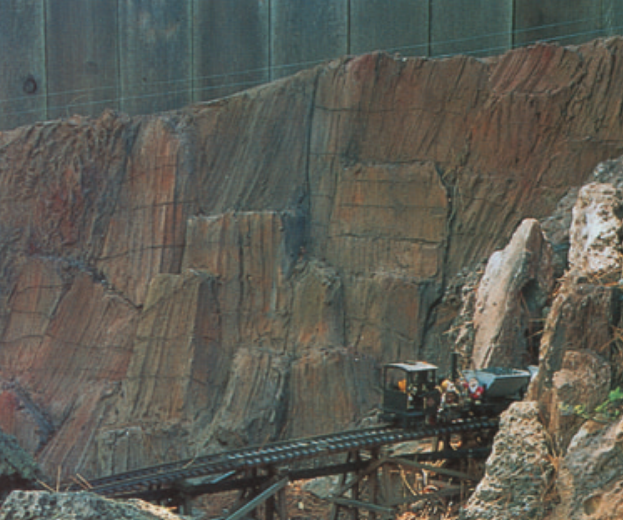
Jack Verducci shows you how to make durable, outdoor rock formations from a mixture he calls “gulapata.” Download the 1997 article free here. […]
Read More…
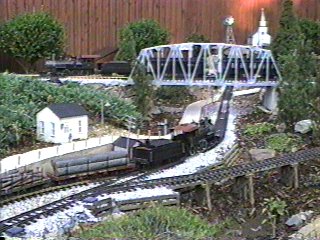
Marc Horovitz When trains run over and under bridges and trestles, a garden railroad becomes more interesting to watch Randy Mower Marc Horovitz Marc Horovitz Many garden railways occupy a corner of the back yard in an area big enough for only a simple loop of track. Although an HO or N scale railroad would […]
Read More…
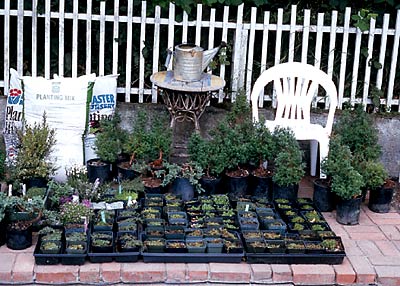
A variety of plants have been chosen to populate the railway. Marc Horovitz While building the railroad we casually discussed plant material. What would look good here, what kind of effect were we trying to create there, how should we plant this rock formation? So, when it finally came down to it, we had a […]
Read More…
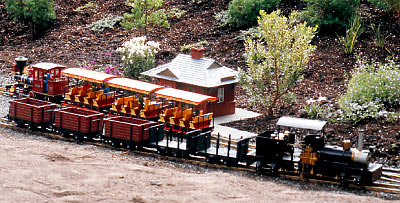
Small trains give the illusion of traveling long distances in a garden railway. Marc Horovitz As mentioned in the first installment, since we had a little, tiny railroad, small equipment was called for. The smaller the equipment, we reasoned, the greater the illusion of distance travelled. So, we opted for the smallest equipment we could […]
Read More…
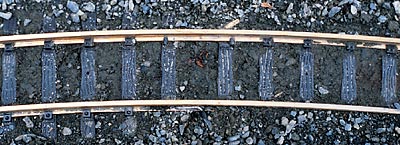
The importance of ballasting gauge-1 track: LGB track is heavy enough to float by itself in ballast, just like full-size railroad track. The ballast not only provides a good, solid base for the track, it keeps the track away from the soil and provides good drainage. Before we could begin ballasting, we had to remove […]
Read More…
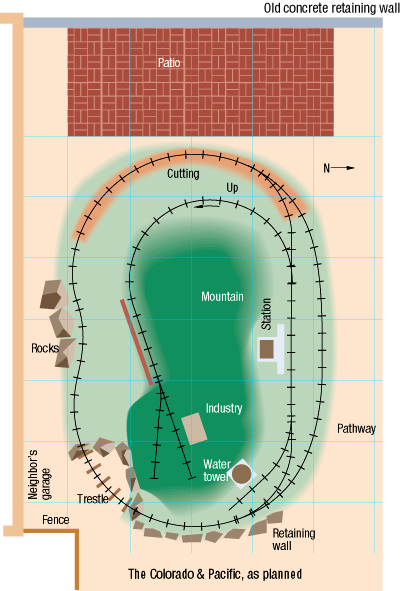
Marc Horovitz Before we could start building, we needed a track plan. But before we could design our plan, we needed to know what sort of railway we wanted and what was possible. This was an important part of the process and not one to be glossed over. Rod and I sat down and discussed […]
Read More…
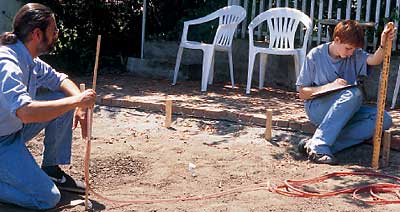
Adriane stays at stake #1 while I move around the yard. Here, the string has been tied to the second set of stakes. I call out dimensions while Adriane notes them on the site plan. A small passenger train is ready to depart the station on the newly completed Colorado & Pacific Marc Horovitz Marc […]
Read More…












